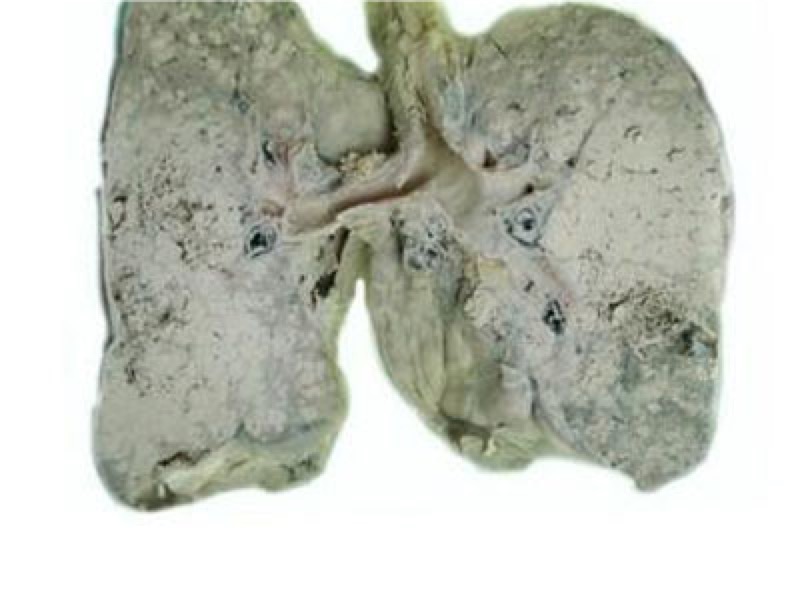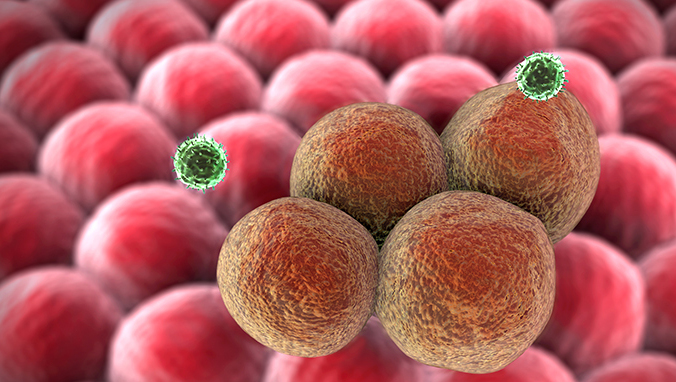Do hormones affect tumors
Because hormone therapy is to block the effect of hormones that promote cancer growth to achieve the effect of treating cancer, to be precise, hormone therapy should be called antihormonal therapy. Hormones promote the growth of cells or cancer by binding to receptor proteins on the outer surface of cells. Inhibiting the growth of corresponding cancer cells by blocking hormones is commonly used in the treatment of breast, gynecological and prostate cancer. Now let''s take a look at the hormones have a therapeutic effect on tumors?

Breast cancer
>About 2/3 of breast cancers are hormone receptor positive, which means they carry receptors for estrogen (estrogen and progesterone). Two basic hormonal therapies include:
1, blocking the action of estrogen on breast cancer cells;
2, reducing the overall estrogen level in the body or cancer cells.
Tamoxifen and similar drugs are used to block estrogen receptors on tumor cells and prevent them from receiving growth signals. Patients with aggressive hormone receptor positive breast cancer usually take tamoxifen 5-10 years after surgery to prevent cancer recurrence. To avoid cancer cells producing estrogen, doctors may prescribe aromatase inhibitors to patients. Aromatase inhibitors can block the effects of enzymes that assist breast cancer cells and other parts of the body (such as fat and muscle) to synthesize estrogen. Because the drug cannot inhibit ovarian secretion of estrogen, the drug is only effective for patients with loss of ovarian function (such as postmenopausal women).
Some studies have compared the efficacy of taking aromatase inhibitors and tamoxifen in postmenopausal women. The results showed that in terms of controlling the 5-year relapse rate, single-agent use or taking an aromatase inhibitor after tamoxifen is superior to tamoxifen monotherapy. The current standard hormone therapy for postmenopausal patients is to take an aromatase inhibitor for 5 years, or to take tamoxifen for 5 years and then for 5 years. Research into whether patients taking aromatase inhibitors for more than 5 years will bring additional benefits has just begun.
Early premenopausal women with hormone receptor positive breast cancer usually receive tamoxifen treatment. If they are menopausal during treatment, they may also receive aromatase inhibitor treatment. In addition, young patients can benefit by reducing the level of estrogen secreted by the ovaries by taking drugs or surgery to suppress ovarian function. But while inhibiting ovarian function, you always need to take tamoxifen or aromatase inhibitors.
Ovarian cancer
hormonal therapy is occasionally used to treat ovarian cancer. The cancer is usually checked first to determine whether estrogen or progesterone receptors are present.
Luteinizing hormone-releasing hormone (LHRH) agonists (which block ovarian production of estrogen) are commonly used to reduce estrogen levels in premenopausal patients. Doctors sometimes give patients tamoxifen treatment to avoid estrogen in the circulating blood from stimulating cancer cell growth. Aromatase inhibitors are sometimes used in postmenopausal women who relapse after treatment for ovarian cancer.
Endometrial cancer
The main hormone treatment for endometrial cancer formed on the inner surface of the uterus is progesterone or its analog progesterone, which can reduce endometrial cancer cells Grow. The anti-estrogen drug tamoxifen can be used to treat advanced or recurrent endometrial cancer, preventing estrogen from stimulating cancer cell growth in the body. LHRH agonists can reduce estrogen levels in patients with ovarian function. Aromatase inhibitors may also be effective: even after surgical removal of the ovaries, fat tissue secretes estrogen. Aromatase inhibitors can prevent the formation of estrogen in this pathway.
Prostate cancer
Like breast cancer, there are two basic treatment options for prostate cancer:
1. Reduce male hormone production;
2. Block androgen''s promotion of cancer growth. These two treatments are called androgen suppression or chemical castration.
The most common hormone therapy for prostate cancer is to suppress androgen production in the testes: orchiectomy, surgical removal of unilateral or bilateral testes, can reduce the level of androgen-testosterone 90%-95& #xFF05;; LHRH agonists and antagonists, studies have shown that it can prevent the pituitary gland from secreting hormones that guide androgen production.
Therapies that block androgens in the body include androgen synthesis inhibitors, drugs used to prevent the production of androgens from adrenal and prostate cancer cells.
hormonal therapy is used in a variety of treatments for prostate cancer. Hormone therapy is sometimes used after surgery and/or radiotherapy to reduce the risk of cancer recurrence. Hormone therapy can also be used before, during or after radiotherapy. The type and timing of hormone therapy depends on many factors, including the stage of the disease, the risk of recurrence, the age of the patient, and physical health.
The course of hormone therapy depends on the risk of relapse. Newly diagnosed, local, and moderate-risk patients usually need 4-6 months of hormone therapy; high-risk patients usually need 2-3 years of hormone therapy.
Related Articles

- Early symptoms of lung cancer
- 2020-12-17

- Early Signs of Bladder Cancer
- What are the early symptoms of bladder cancer?
- 2020-12-17

- Is metastatic carcinoma easy to metastasize
- Once the cancer has metastasized, it will be very difficult to cure, because many people have lost their lives because of the emergence of cancer, so most people think that cancer is an un
- 2020-08-02

- What does microinfiltrating adenocarcinoma mean?
- Microinfiltrating adenocarcinoma is a type of lung cancer. The reason why it is called microinfiltration means that there is less infiltration around it, which means that it is in the early
- 2020-08-01

- How long can non-small cell adenocarcinoma live
- Adenocarcinoma is one of the most common malignant tumors in the world. Non-small cell adenocarcinoma accounts for about 80% of all adenocarcinomas. About 75% of patients are in the middle
- 2020-08-01

- Hand cancer
- Finger cancer generally refers to the appearance of skin cancer, which is characterized by local cauliflower-like skin and easy bleeding. Finger skin cancer is mostly a malignant tumor that
- 2020-08-01
